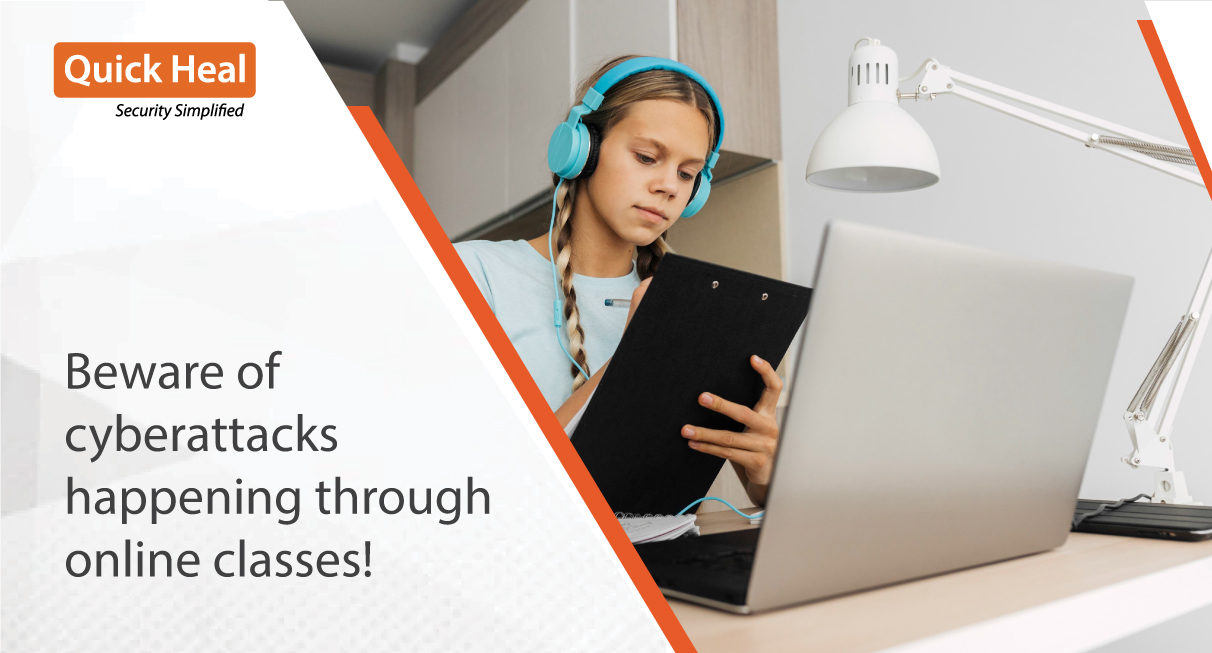2020 will be remembered for a lot of sweeping changes and online classes are definitely on top of that list.
Even the idea of teachers using Zoom or Microsoft Teams to teach their students would have been laughable as early as February 2020. When the COVID-19 pandemic shuttered down the entire world, schools and educational institutions also followed suit, rushing to find an appropriate alternative.
And thus, we saw the sight of school teachers having to manage virtual classrooms. While the initial stages were chaotic with teachers, students and parents all facing various types of difficulties, things have smoothened out now, substantially.
Attackers are disrupting online classes
But that doesn’t mean a major threat to online classes has disappeared: cyberattacks.
The chaos of the pandemic emboldened malicious threat actors, in particular, the shift to online classes. The reasons were obvious — a large population was forced to make the shift to online in a haphazard manner. This sudden shift left many vulnerable to cyberattacks and that’s exactly what happened — online classes were disrupted by hackers.
If you are a parent with a child who is currently attending online classes, it is a key responsibility of yours to ensure that your ward stays safe online while taking these classes. It is important to stay aware of the risks of online classes and ensure the necessary actions are taken.
Review the security settings of the platform
First and foremost, if you haven’t done so already, you should review the security settings of the platform on which the online class is being conducted. Whether it’s Zoom, Microsoft Teams, Google Meet, every platform has security settings that should be periodically examined to ensure that your child’s classes are being conducted in as secure an environment as feasible.
For example, Zoom has various security features such as only allowing users to join meetings through a pre-defined password, a Waiting Room feature where hosts have to manually allow users into a meeting and not allowing users other than the host to share files. All these features help in keeping the application and the meeting safer so it’s a good idea to ensure they are all ticked. Most other platforms used for online applications will have similar settings.
Ensure your personal internet network is secure
You may be working from home and connecting on office networks through secure VPNs set up by your organization. But don’t expect your child’s school to have similar levels of security controls in place. In many cases, schools have had to shift to online platforms overnight and have just been trying to make it work as best as possible.
That means the onus of keeping your network secure lies upon you. Consider using Quick Heal Home Security which provides a single device to keep your entire home network secure.
Moderate what your kids are doing online
Online classes mean your children are having virtual interactions every day. While they should mostly be with their fellow students or teachers, remember that impersonation is rife and a malicious threat actor could easily use methods of impersonation. Keep track of what your child is doing online, who they are interacting with and what kind of websites they are visiting.
Quick Heal Total Security comes equipped with a powerful Parental Control feature where parents can easily customize and set various limitations on their children’s use of the system and the Internet.













